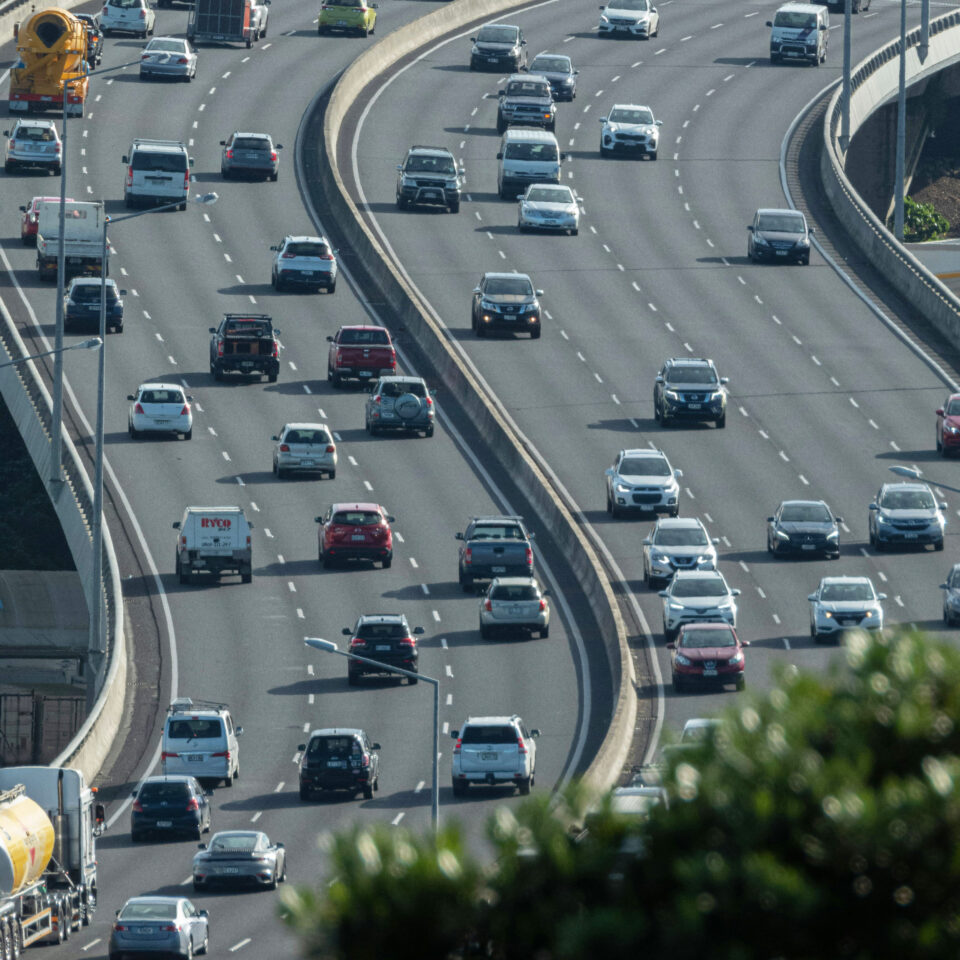By Bernie Wanden, Horowhenua District Council Mayor.
Last month (January 2025) I wrote a letter to newly-appointed Transport Minister Chris Bishop, congratulating him on his new portfolio and saying how much I look forward to working with him.
The letter also included what I hope the Minister will regard as an opportunity to work with local government in an imaginative new way to the benefit of local communities and to improve road safety.
I am referring to the Otaki to North of Levin highway, commonly known as O2NL, on which construction is due to begin this year.
It is a very important road, both for the Horowhenua District and for the country. Our district is one of the fastest-growing in New Zealand, and having motorway access all the way to the capital can only bring benefits to those at both ends of the road.
And motorists travelling on State Highway One – both literally and figuratively the country’s main road – will no longer have to grind through the middle of Levin with its 50km/h zone and two sets of traffic lights, bringing noise and pollution with them.
Such progress, of course, comes at a cost, and many of you will recall that last year, the Government consulted with the public on introducing tolls to O2NL, among several other roads.
The Horowhenua District Council made a submission – you can read it on our website. We supported tolling, but with the important proviso that a portion of the money raised be provided to Council to maintain the part of State Highway One, which is likely to pass from the NZTA to district ownership once the new road is open. This portion of tolling would be used to offset the rates required to maintain the old State Highway One.
Well, the Government decided to go ahead with tolling, but with no mention of our suggestion. So this is the opportunity for Minister Bishop to revisit our proposal for the good of the community and the motorist.
Modelling suggests that without tolling in 2029, when O2NL is planned to open, vehicle numbers on State Highway One south of Levin could be expected to decrease to around 5,400 per day; however, with tolling, the forecast volume would be 14,100 vehicles.
This extra traffic will be a hazard in itself and will cause more wear and tear on the road, which will need to be maintained to a high standard to keep it safe. Such maintenance is, frankly, likely to be beyond the budget of the Horowhenua District Council: we have lower-than-average community incomes and, like other councils around the country, are battling to keep rate increases down while maintaining services.
If the old road is not adequately maintained, the anticipated benefits of O2NL – enhanced safety, reduced congestion and improved traffic efficiency – could be seriously undermined. These risks would be significantly lessened if part of the money raised from tolling was allocated to Council for upkeep and repair.
I am very much of the view that new roads – along with any infrastructure projects – should be built once and built right. And an important part of getting it right is having the best funding model.
So come on Minister Bishop, how about it? The chance is before you to work with local government around the country to develop a new way of paying for roads that could be better for users and local communities.
My door is always open if you’d like to discuss this. And if you drive up to Levin, you can reflect on how much better things will be when we have a lovely new highway alongside a well-maintained regional toll-free road.



